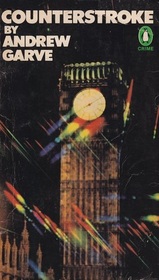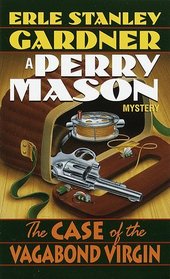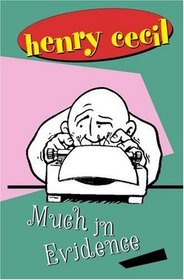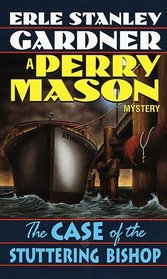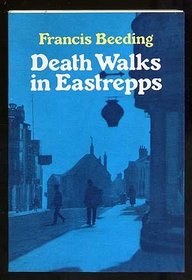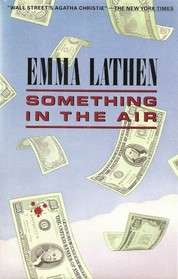
This 1988 mystery is the 20th appearance of the Wall Street banker, John Putnam Thatcher. His bank, the Sloan Guaranty Trust, has a 30% interest in Sparrow Flyways, a ‘no frills’ carrier that has had great success as a result of the deregulation of the airlines in the late 1970s. Steady growth and profit-earning have buoyed the stocks of the employees who own about 30% of the company.
The success of the company has made a media darling out of its charismatic CEO Mitchell Scovil, a born salesman. Accordingly, he has fallen into patterns of thought that sometimes strike leaders who have achieved much in only a little time. He has convinced himself that a flourishing Sparrow Flyways is the result of his entrepreneurial genius, with only slight contributions from the co-founders, legions of subordinates, and plain dumb luck. Lacking self-awareness, he has become more impulsive, less risk-aware, and, most dangerously for himself and others, less skillful at seeing things from other people’s point of view.
Mitchell Scovil is developing a grandiose plan to make the regional airline go national. Many employees, nervously watching the established competition and their stocks, are against expansion. After a loud meeting, the spokesman of the workers is murdered at Logan airport. The cops focus on Scovil. And our hero John Putnam Thatcher, in his unassuming way, figures out the real culprit.
Besides the excellence characterization of clueless leadership, Lathen features two strong female characters. Eleanor Gough has been quietly resourceful and proficient at many tasks since the inception of the airline. But she gradually realizes that she must get Scovil to see the risks of expansion. Unlike Scovil, she feels responsibility for the employees and their livelihood. She feels it unjust that though Scovil is too willing to gamble with risks, the employees would be the ones to suffer most if expansion was a bust. With her sense of duty, she becomes more liable to throw her weight around. During an interview with Thatcher: “For the first time in his life, he realized that an expression of ladylike attentiveness is the feminine equivalent of a poker face.”
The other interesting female character is auditor Phoebe Fournier. She’s young and intelligent with figures, but not good at reading people. She sees people too much as mere means to her ends, not living breathing people with lives just as vivid and real to them as her life is to Phoebe. Lathen has fun putting Phoebe through hoops on her long winding road to the realization that she’s not the smartest person in every room. Lathen usually has a set piece that involves public chaos; to get Scovil’s attention Phoebe sets up an industrial action that is a hilarious disaster.
Emma Lathen was the pen name of Mary Latsis (economic analyst) and Martha Hennissart (attorney). Both knew the worlds of business and the federal government, so they felt at home the constantly changing business environment and the variety of personalities to be found in the public and private sectors. As old-school feminists, they have acerbic fun satirizing men who know full well and deplore that other business executives are kept afloat by their secretaries but never in a million years would think that the secretaries be paid commensurate to the service they deliver to the company.

